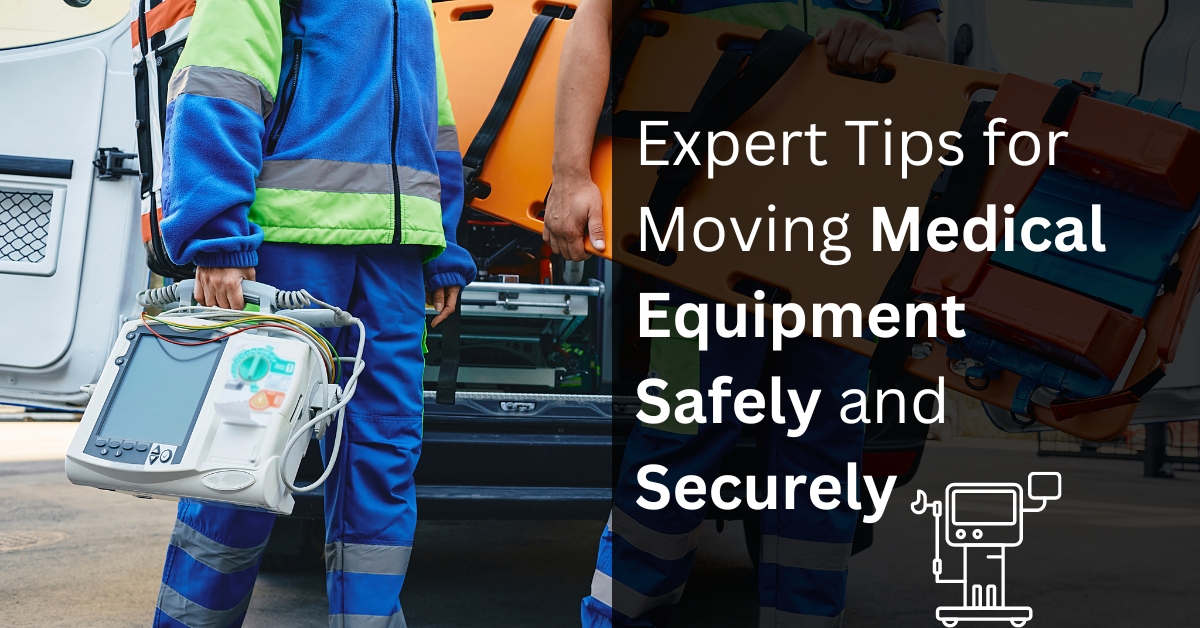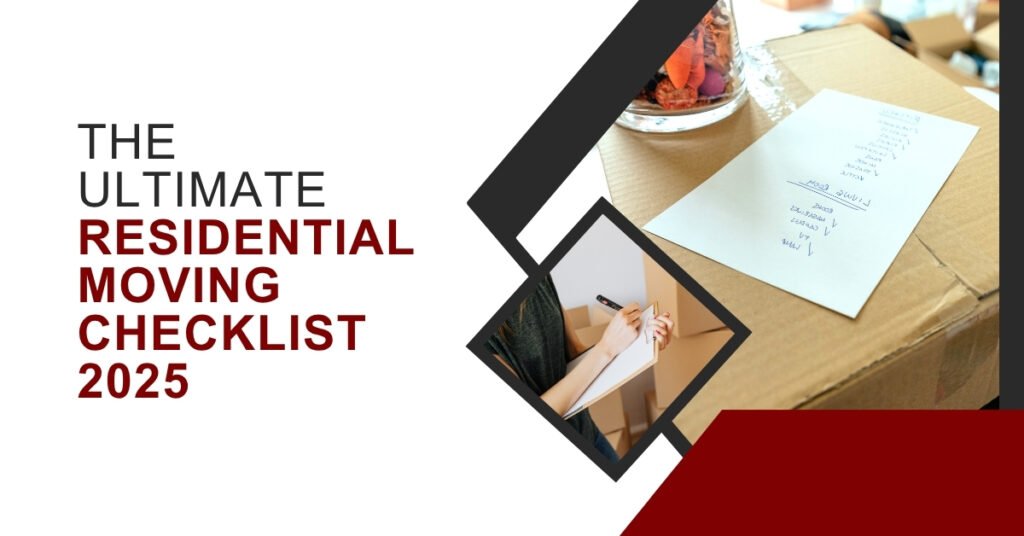Currently Empty: $0.00
Expert Tips for Moving Medical Equipment Safely and Securely
Relocating medical equipment requires meticulous planning, specialized knowledge, and extreme caution. Whether relocating an entire hospital or transferring a single piece of high-value equipment to another department, the safe and secure transport of medical devices is paramount. To ensure a smooth transition, check tips from professionals experienced in the medical equipment moving industry.
What are the best practices for safely relocating medical equipment?
1. Comprehensive Pre-Move Assessment
Before any equipment is moved, conduct a thorough assessment of the items. Catalog each piece of equipment, noting its condition, dimensions, and any specific handling instructions. This step is crucial for planning the logistics of the move, including selecting the appropriate packaging and transportation methods.
2. Understand Regulatory Compliance
Medical equipment is subject to various regulations, both for the sake of patient safety and to protect the integrity of the equipment. It’s essential to be familiar with and comply with all relevant healthcare regulations, including those pertaining to the transport of medical devices. This may involve coordination with regulatory bodies or consulting specialists in medical equipment logistics.
3. Employ Specialized Packaging
The delicate nature of medical equipment necessitates specialized packaging solutions. Use custom crating, cushioning, and climate-controlled environments as needed to protect sensitive components from damage and environmental factors. Properly labeling each package with handling instructions and contents is also critical.
4. Choose the Right Transportation
Selecting the appropriate mode of transportation is key. Depending on the size, sensitivity, and destination of the equipment, options may range from air freight for urgent deliveries to climate-controlled trucks for regional moves. Ensure the chosen carriers have experience with medical equipment and can provide the necessary conditions during transit.
5. Utilize Professional Medical Equipment Movers
Given the complexities involved, hiring a moving company specializing in medical equipment is advisable. These companies have the expertise, equipment, and protocols in place to handle medical devices safely. They can manage everything from disassembly and packing to transportation, delivery and reassembly.
6. Implement a Detailed Labeling System
A systematic labeling of each piece of equipment and its components will facilitate tracking and reassembly at the new location. Include information such as destination room, urgency level, and any special handling instructions. This practice not only aids in organization but also minimizes the risk of misplacement or mishandling.
7. Plan for Installation and Calibration
Relocating medical equipment isn’t just about transportation; it’s also about ensuring that the equipment is operational and calibrated at its new location. Coordinate with biomedical engineers or technicians to have them on-site to inspect, install, and calibrate equipment upon arrival, ensuring it meets all operational standards.
8. Train Your Staff
Educate your staff about the complexities and safety protocols of relocating medical equipment. Even if you hire professionals for the move, your team should understand the basics of handling, packing, and unpacking equipment to minimize risks of damage or injury.
9. Maintain Open Communication with All Parties
Effective communication among all parties involved—moving professionals, hospital staff, regulatory bodies, and receiving facilities—is crucial for a successful move. Regular updates, meetings, and coordinated efforts can help anticipate and address any issues that arise.
10. Insure Your Equipment
Due to the significant worth and essential role of medical equipment, obtaining thorough insurance coverage for transportation is a wise measure. This safeguards against unexpected incidents and offers reassurance during the entire moving process, covering liabilities and insurance aspects effectively.
What are the Benefits of Choosing Professional Medical Equipment Relocation Services?
1. Expertise and Experience
Professional movers specializing in medical equipment have the necessary expertise and experience to handle complex and sensitive devices. They understand the unique requirements of medical logistics, from the technical aspects of safely packing and transporting equipment to navigating regulatory compliance.
2. Customized Moving Solutions
Every medical relocation project is different, with its own set of challenges and requirements. Professional services offer customized solutions tailored to the specific needs of each move, whether it involves a single piece of equipment or an entire facility. This approach ensures that all aspects of the move are accounted for, from preliminary planning to final installation.
3. Access to Specialized Equipment
Relocating medical equipment often requires specialized equipment and vehicles, such as air-ride trucks, custom crating, and climate-controlled transportation options. Professional medical relocation services have access to this equipment, ensuring that each item is transported in the optimal conditions to prevent damage or loss.
4. Risk Mitigation
The risk of damage to expensive and delicate medical equipment is a major concern in any relocation. Professional movers reduce this risk through careful handling, proper packaging, and secure transportation. Additionally, their expertise in installation and calibration means that equipment is not only moved safely but is also ready for use upon arrival.
5. Regulatory Compliance
Medical equipment is subject to stringent regulations, and failing to comply with these can result in costly penalties and delays. Professional relocation services are knowledgeable about the regulatory landscape and can ensure that all aspects of the move comply with healthcare regulations, including documentation and transport requirements.
6. Time and Cost Efficiency
Attempting to move medical equipment without the proper experience or resources can be time-consuming and costly. Professional services streamline the process, reducing downtime and minimizing the potential for costly errors or delays. Their efficiency can result in significant savings in terms of both time and money.
7. Peace of Mind
Perhaps the most significant benefit of hiring professional medical relocation services is the peace of mind it brings. Knowing that highly trained and experienced specialists are managing the move alleviates the stress and anxiety associated with relocating sensitive and critical medical equipment. This allows healthcare providers to focus on their primary goal of delivering quality patient care.
In conclusion
Relocating medical equipment safely and securely is a complex process that demands careful planning, specialized knowledge, and attention to detail. By following these expert tips, healthcare facilities can minimize risks and ensure that their valuable medical devices are transported efficiently and arrive ready for use, ultimately supporting the continuity of care and the well-being of patients. Including the services of medical equipment movers in Dallas, TX ensures that this complex process is handled with the level of expertise necessary for the safe and prompt delivery of medical equipment.






